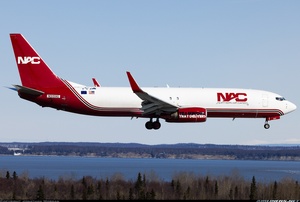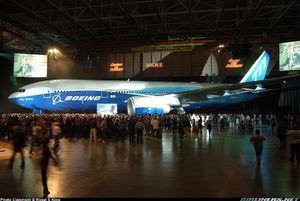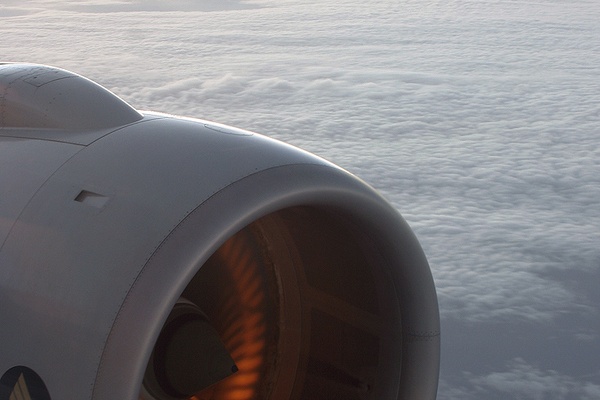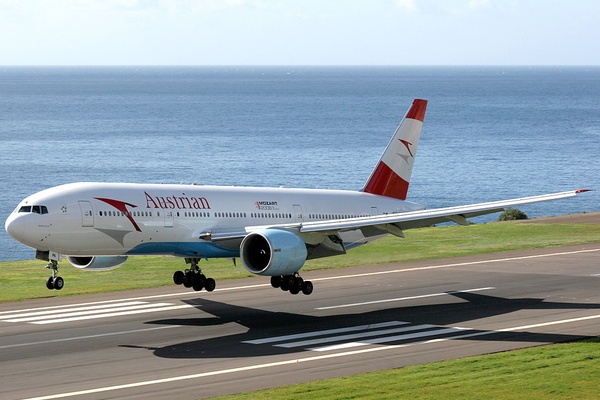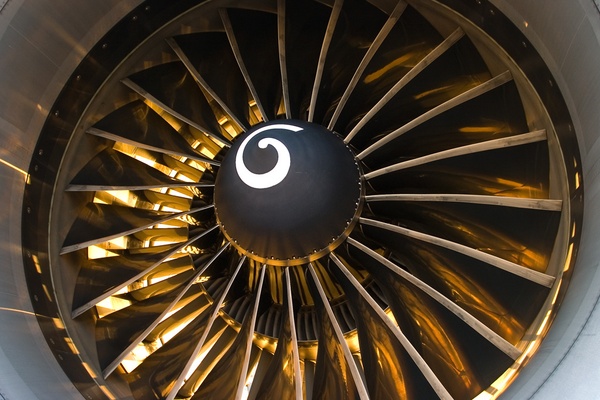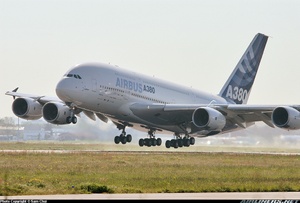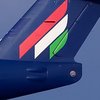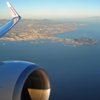Auster J series
Details
Country of Origin
United Kingdom
Type
Two, three and four seat light aircraft
History
The Auster marque traces its lineage back to the Taylorcraft Aeroplanes (England) company, which produced Taylorcrafts under licence (described separately), and built over 1600 spotter (Air Observation Post) aircraft for Britain's Royal Air Force and Army (many of which were resold to private operators).
The first civil Auster (as the company become known in 1946) was the Mk 5 J/1 Autocrat, which was essentially similar to the military Mk V, but had a Cirrus Minor 2 engine in place of the Mk 5's Lycoming, upholstered seats and a small number of other refinements.
The J/1 Autocrat served as the basis for a family of civil aircraft. The next to appear was the two seat side by side J/2 Arrow family, with a 56kW (75hp) Continental, and was further developed into the J/4 Archer, which replaced the Continental with a Cirrus Minor engine. The J/1N Alpha was an attempt to increase sales and overcome the problems associated with fitting the Cirrus Minor engine to the J/1 with less equipment and minor improvements.
Most Auster J/5 models were four seaters except for the initial J/5 which was an Autocrat with a more powerful engine, while the J/5B incorporated the enlarged four seat cabin. The J/5F Aiglet trainer was a fully aerobatic two seat trainer. The J/5D, introduced in 1959, was the last of the line and featured metal wing spars and ribs and Lycoming power (more than 160 were built, including 150 in Portugal by OGMA under licence). Auster was taken over by Beagle in 1960.
Powerplants
J/1 - One 75kW (100hp) Blackburn Cirrus. J/5B & J/5F - One 97kW (130hp) de Havilland Gipsy Major. J/5G - One 116kW (155hp) Blackburn Cirrus Major 3. All were inline four cylinder piston engines driving two blade fixed pitch propellers.
Performance
J/1 - Max speed 193km/h (104kt), cruising speed 160km/h (86kt). Initial rate of climb 568ft/min. Range with no reserves 515km (278nm). J/5G - Max speed 204km/h (110kt), cruising speed 177km/h (96kt). Initial rate of climb 710ft/min. Range with no reserves 780km (421nm). J/5F - Max speed 212km/h (114kt), cruising speed 180km/h (97kt). Initial rate of climb 705ft/min. Range with no reserves 435km (235nm).
Weights
J/1 - Empty 477kg (1052lb), max takeoff 840kg (1850lb). J/5B - Empty 605kg (1334lb), max takeoff 1090kg (2400lb). J/5G - Empty 620kg (1367lb), max takeoff 1110kg (2450lb). J/5F - Empty 600kg (1323lb), max takeoff 885kg (1950lb).
Dimensions
J/1 - Wing span 10.97m (36ft 0in), length 7.14m (23ft 5in), height 1.98m (6ft 6in). Wing area 17.2m2 (185sq ft). J/5B - Same except for length 7.11m (23ft 4in), height 2.30m (7ft 6in). J/5G - Same except for length 7.06m (23ft 2in), height 2.30m (7ft 6in). J/5F - Same except for length 7.16m (23ft 6in), height 1.98m (6ft 6in). Wing area 15.2m2 (164sq ft).
Capacity
Two pilots side by side, plus room for one or two passengers, depending on model type. Most J/5s seat four.
Production
Approximate production totals for the series are
Related Links
Auster J series
The backbone of this section is from the The
International Directory of Civil Aircraft by Gerard Frawley
and used with permission. To get your own copy of the book
click here.
